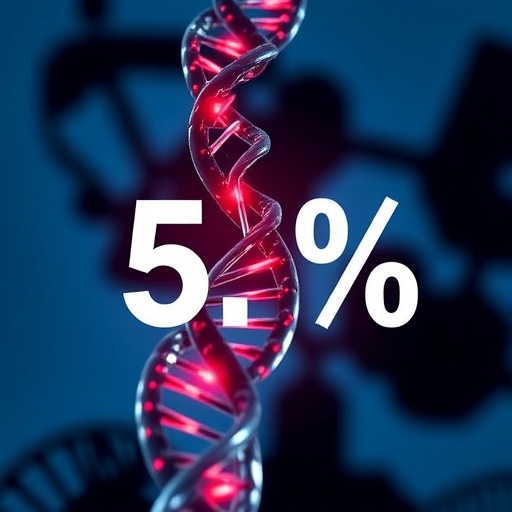Credit: Rafael Lemaitre and Ellen Muller
Recent underwater photographs and video obtained using scuba equipment by underwater photographer Ellen Muller at dive sites in the National Marine Park of the southern Caribbean island of Bonaire revealed the presence of a small, secretive and brightly colored red-striped hermit crab that proved to represent a species new to science. The new few-millimeter species is described in the open access journal ZooKeys.
The color pattern reminded author Dr. Rafael Lemaitre, Smithsonian Institution, USA, of traditional candy cane, and thus he assigned the common name "Candy striped hermit crab". Meanwhile, the scientific name of the new species is Pylopaguropsis mollymullerae after Ellen Muller's young granddaughter Molly Muller. The underwater photographer believes that the honor would "inspire her to continue the tradition of protecting the amazing and fragile diversity of marine life in Bonaire".
The unusual hermit crab was first photographed inadvertently alongside a "flaming reef lobster", while observing invertebrates that aggregate in crevices under a large coral ledge. Subsequently, more hermit crabs were photographed in various crevices shared with moray eels such as the "broad banded moray", "spotted moray", and "green moray". When permits were obtained from the Government of the Island Territory of Bonaire, a few specimens were collected and brought for study to the Smithsonian Institution. The formal description was then prepared for publication and specimens were deposited in the collections of the National Museum of Natural History, as required by scientific rules when naming new species.
The shape of the right, or major, pincer of this new hermit crab species is remarkable and unique with its shape and massive size when compared to the body. The underside of the claw of this pincer is deeply excavated, scoop-like. The function of the pincer and claw, however, is at present unknown, although a video shows that it is used by the hermit crab to push itself while crawling along the bottom.
The behavior of this new hermit crab is intriguing. Is there an ecological association of this new species with moray eels? Could this new hermit crab species function as a "cleaner" or a "den commensal"? At least in one instance, an individual was observed crawling on the body of a "broad banded moray", perhaps feeding on mucus or materials present on it. These observations could be interpreted as evidence of some kind of symbiotic association, or den commensalism, between the two animals. The brightly colored pattern of the hermit crab with red stripes and very long, hairy antennae are also typical for most crustaceans considered fish "cleaners".
"Cleaning" parasites or fouling organisms from the body of many cooperating fish, or removal of undesired food particles by certain small and colorful shrimps has been known for nearly 60 years, but never has a hermit crab been documented to engage in such type of ecological association. Further studies are needed in order to confirm the true ecological role of this fascinating hermit crab.
###
Original source:
Lemaitre R (2017) Discovery of a new species of hermit crab of the genus Pylopaguropsis Alcock, 1905 from the Caribbean: "den commensal" or "cleaner"? (Crustacea, Anomura, Paguridae). ZooKeys 646: 139-158, https://doi.org/10.3897/zookeys.646.11132
Media Contact
Ryan Lavery
[email protected]
@Pensoft
http://www.pensoft.net
############
Story Source: Materials provided by Scienmag



